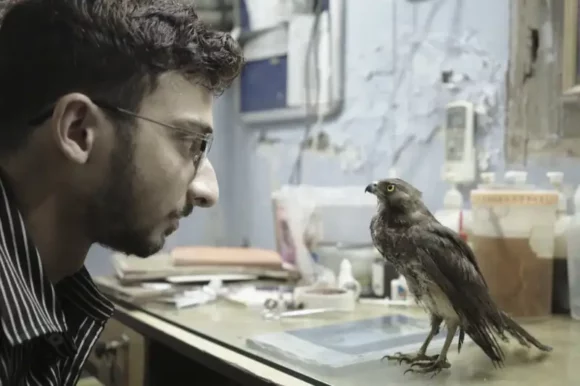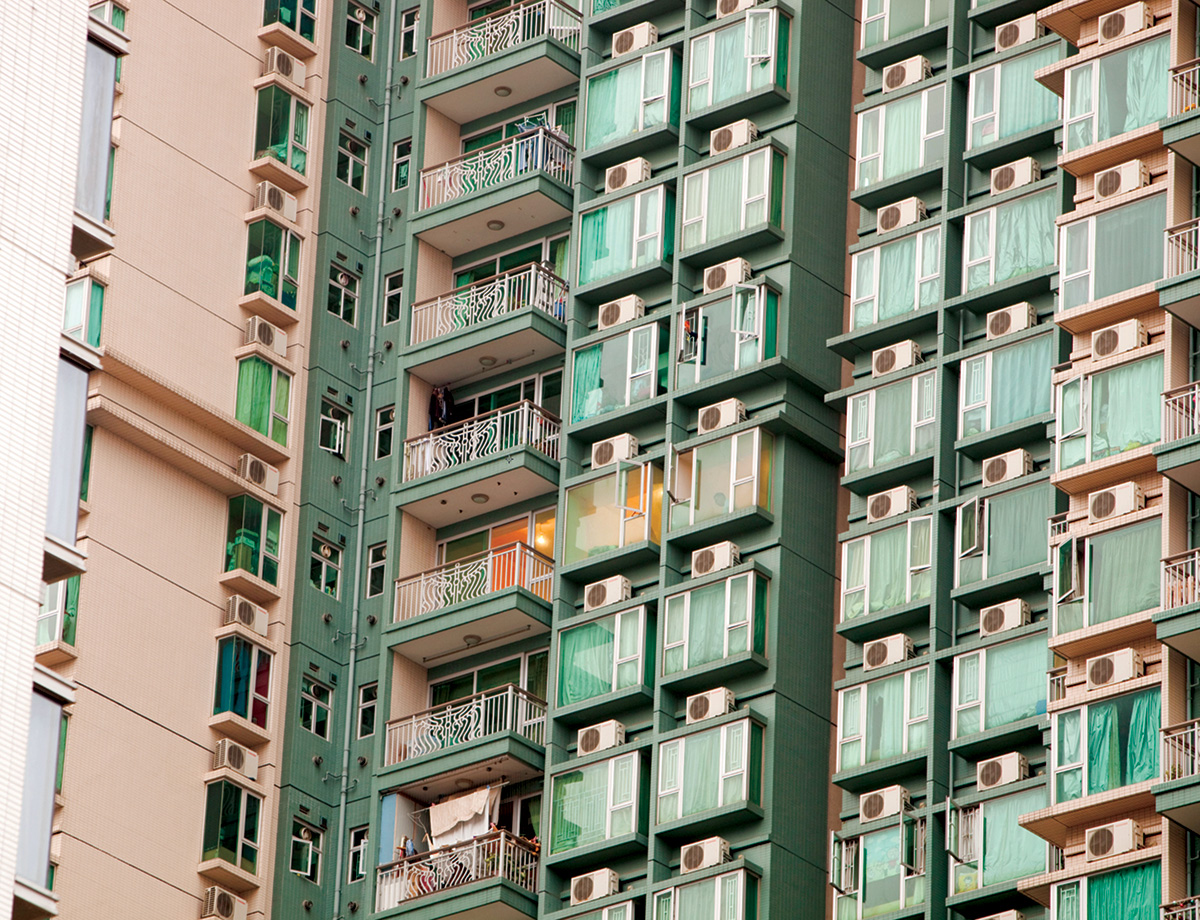Visiting Small Spaces in the City at ROCA London Gallery for New Scientist, 12 February 2024
“Cook’s at it again,” reads one Antarctic station log entry from the 1970s. “Threw a lemon pie and cookies all over the galley… then went to his room for a couple of days and wouldn’t come out… no clear reason… probably antarcticitis catching up…”
And now it’s not just the behavioural challenges of small spaces that give designers pause, as they contemplate our ever-more constrained future. There’s our health to consider. Damp, mould and other problems endemic to small spaces are not so easily addressed, especially in cities where throwing open the windows and letting in air filled with particulates, spores, moulds and pollen can make matters measurably worse. In February 2013, nine-year-old Londoner Ella Kissi-Debrah became the first person in the UK to have air pollution listed as a cause of death. (Meanwhile a report by the Royal Institution of Chartered Surveyors published in 2017 reckons the average new home in London has shrunk by 20% since 2000.)
How are we to live and thrive in tiny spaces? Curator Clare Farrow’s new exhibition at ROCA London Gallery brings together ideas amd designs from around the world. She’s arranged an interview with Hong Kong-based Gary Chang, whose 32 square metre apartment currently boasts 24 different “rooms”, assembled by manoeuvring a system of sliding walls, and commissioned a film in which William Bracewell, a principal with London’s Royal Ballet, performs (somehow) in the tiny dressing room-cum-costume store he shares with two other dancers.
She’s also, for at least a couple of days (dates to be announced), got Richard Beckett, an architect based at the Bartlett School booth at the centre of the exhibition, to bring attention to the health challenges of “studio living”.
Beckett reckons we should be using microbes to make our buildings healthier. As he explains in a forthcoming paper, “As the built environment is now the predominant habitat of the human, the microbes that are present in buildings are of fundamental importance.” Alas, contemporary buildings are microbial wastelands: dry, nutrient poor and sterile.
In 2020 Beckett won an award from the Royal Institute of British Architects for embedding “beneficial bacteria” into ceramic and concrete surfaces. At ROCA he’ll be sitting in a booth dosed with this material, while Matthew Reeves, an immunologist at University College, London, uses regular blood samples to measure whether tile-borne pro-biotic species can survive long enough, and spread easily enough, to become part of Beckett’s personal microbiome.
“The official study will have to take place in a more controlled way after the exhibition’s finished,” Beckett admits, “but at least my spell in the booth is a bit of theatre to demonstrate what we’re up to.”
Explaining the work is vital, since it runs so counter to prevailing nostrums concerning hygiene and cleanliness. “One immediate application of our work is in hospitals and care homes,” Beckett says, “where super-sterile environments have ended up providing ideal breeding conditions for antibiotic-resistant bacteria. Of course the first question we’ll be asked is, ‘How do you clean them?’”
Beckett’s booth is tiled with what look like worm casts: these are 3D printed ceramic tiles, lightly baked and designed to shed bacteria into the air with every passing motion. Their peculiar surface texture is tantalising on purpose: touching them helps spread the healthy biota, filling sterile interiors (this is the plan) with sustainable microbial ecosystems.
“There’s still much that we don’t know about how microbes interact with each other and with our environment,” says Beckett, who is realistic about the time it will take for us to abandon the twentieth century’s wipe-clean aesthetic, and embrace the stain. “This work will prove its worth in small interiors first.”



